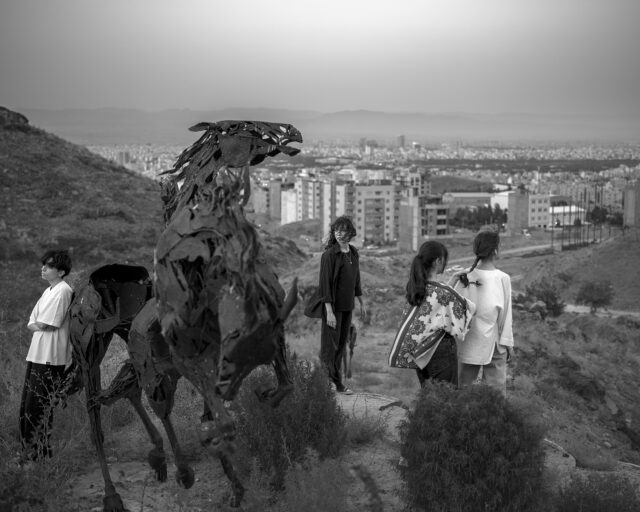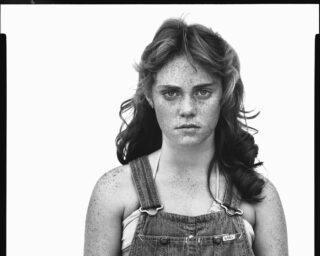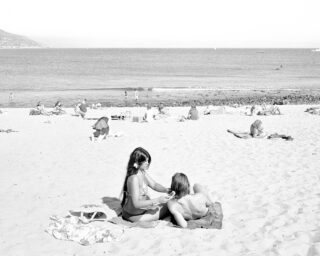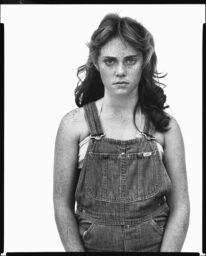2009 Portfolio Prize Runner Up: Alejandro Cartagena
Lost River No.15, 2009
The photographs in Lost Rivers by Alejandro Cartagena, which are part of a larger body of work entitled Suburbia Mexicana: Cause and Effect, interrogate the interdependence of humans and landscape in the face of urban expansion. Although artists and activists alike have placed intense focus on the negative impact of urban sprawl since the 1960s, Cartagena’s work is unique in its preoccupation with the subtler effects of suburban expansion, largely overlooked but indicative of significant, irrevocable change within a local ecosystem.
The city of Monterrey, at the heart of the Mexican state of Nuevo León, is the third largest city in Mexico, with a population of 3.8 million in the metropolitan region. As Monterrey’s population expands outward from the city center, increased demand for water has necessitated the reallocation of the region’s limited resources. Cartagena explains that, in the last twenty years, many local rivers and streams were “rerouted to dams to supply water for the nine cities of the metropolitan area of Monterrey, or have dried out as suburbia’s approximately 300,000 new houses move closer, destroying vegetation that sheltered and preserved the riverbeds’ running water.” The images in Lost Rivers provide explicit evidence of botched urban development and inadequate economic policy, even as they reveal the beauty to be found within the spoiled landscapes.
Formally, Cartagena’s photographs recall the monumental images of Minor White and Ansel Adams, while simultaneously reaching further back to the landscape paintings of the Hudson River School. The photographs are steeped in the Romantic tradition: sublime landscapes charged with glowing color and rich texture. Cartagena’s sensitive handling of color is evident in his saturated palette, which blends bright green, sienna, and sky blue with the deeper grey and purple notes of tires, spray paint, and bags of litter. The sharply detailed images reveal the lush texture of a bank of swamp greens, as well as the oily surface of a rivulet in the morning light. In many Romantic works, a central human presence unites the composition, serving as an emotional or inspirational keystone to the painting’s moral message. Unlike these scenes, however, Cartagena’s photographs are characterized by their focus on the traces of human presence—trash, graffiti marking a bridge, an empty riverbed—leaving the referent a vacuum.
Cartagena’s deliberate play on these visual tropes renders the desecration of these landscapes esthetically as well as ethically repugnant. This tension between Romanticism and realism charges Cartagena’s work with both the artist’s love for the landscape and his sadness at its destruction, rendering the photographs simultaneously paean and admonishing elegy.

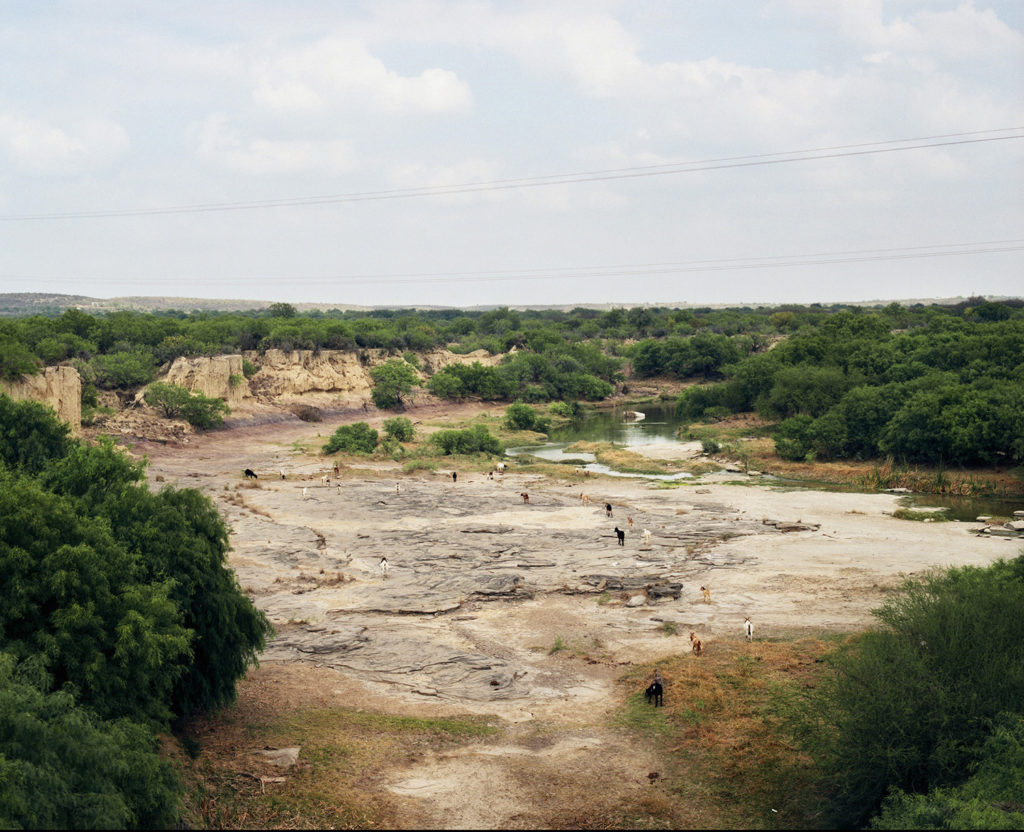



All photographs from the series Lost Rivers. Courtesy the artist.











